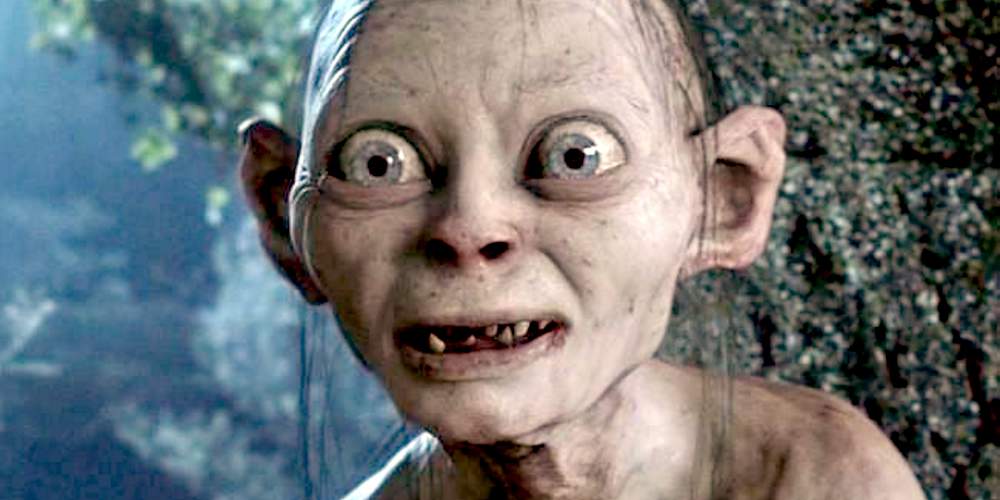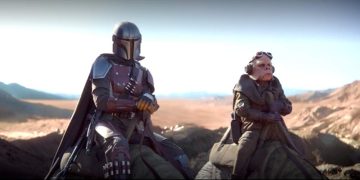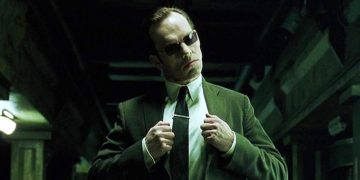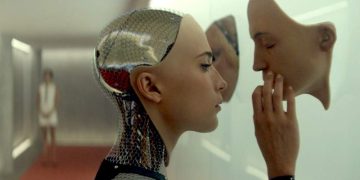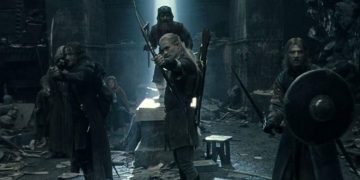Before Andy Serkis brought Gollum to life in the Lord of the Rings movie trilogy, the concept of motion capture for CGI in films wasn't one that was taken seriously by the industry.
At the time, the technology was pretty limited—so most actors weren't willing to wear skin-tight suits with tiny balls on them, then earnestly play their parts so that their performances could be crafted and rendered in post-production.
But when Andy Serkis demonstrated that it could be done in such a way that it elevates a performance, even while hidden behind this new form of visual effects, the concept began to take root.
These days, several high-profile names have taken to the leotard and played an array of VFX characters, ranging from purple aliens to gangs of raging apes forging their own society.
In earliest versions of the tech, an actor's movements had to first be captured on set, and then dialogue was recorded afterwards with a separate facial camera. Modern versions of the tech use a head-mounted camera that can capture face and body simultaneously.
What was previously known as motion capture (mo-cap) has started being referenced as performance capture (p-cap).
Which actors have used performance capture to the best of its potential and helped to define the technology's limits and capabilities? Here are our picks for the best performance capture movie performances.
7. Caleb Landry Jones (as Jeff the Robot)
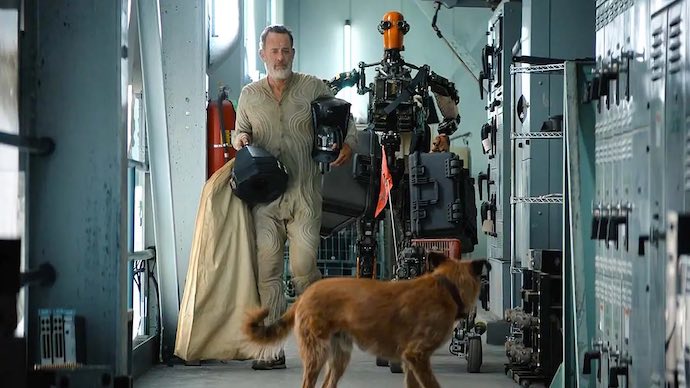
Finch may not go down in the history books as a sci-fi movie classic, but the Apple TV+ original film did have two great performances from the ever-reliable Tom Hanks as well as Caleb Landry Jones.
Jones plays Jeff the Robot, who is programmed by Finch to take care of his dog after his death, and his performance is delivered with a sweet and loving nature. He imbues Jeff with a unique child-like sense of fun as Jeff learns about the ups and downs of life in a matter of days.
Though hidden beneath layers of visual effects, Jones as Jeff is a joy to see on screen as he brings across a wholesome performance that's anchored in his embracing of performance capture tech.
6. Toby Kebbell (as Koba)
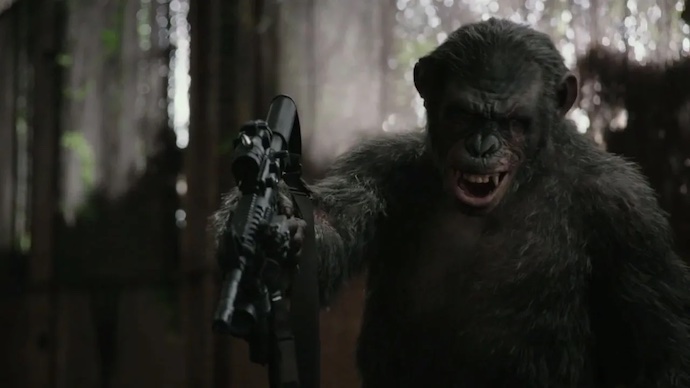
Dawn of the Planet of the Apes is the sequel film to Rise of the Planet of the Apes, and it brings in Koba as the rival to Caesar, who leads his group of evolving apes.
Toby Kebbell's Koba is vicious, brutal, and feels like the work of an actor who's embracing the savagery of an ape that's drawn to violence.
The design of Koba on top of Kebbell's performance capture work enhances what Kebbell had already brought to the screen, as he looks like a violent ape who has eyes on Caesar's place as leader.
It's clear that Kebbell had lots of fun portraying Koba, and we can see that in his unrestrained performance. It's one that shines through the leotard and onto the big screen with bloodthirsty menace.
5. Zoe Saldana (as Neytiri)
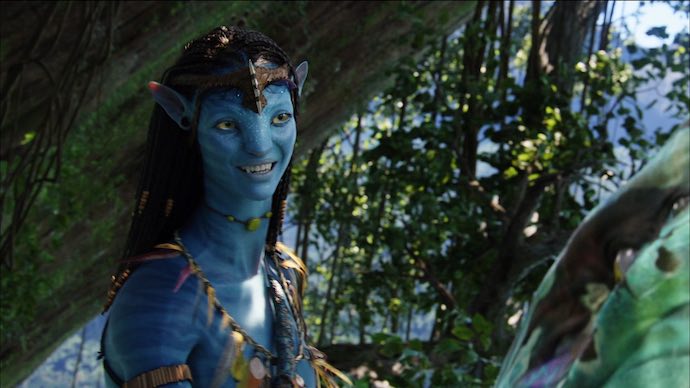
Avatar used modern technology in ways that pushed the technical boundaries of cinema even further, something that director James Cameron has always done throughout his glittering career.
And that pushing of technology has brought forth several commendable performances, like that of Zoe Saldana as Neytiri.
Unlike her co-star Sam Worthington, Zoe Saldana is hidden beneath layers of performance capture tech throughout the film, but the actress brings an emotion to her role that the others couldn't match.
Neytiri is kind, fun-loving, and borderline immature at times, but she's also ruthless and deadly when necessary. Saldana brings that across with femininity and strength, challenging those around her without hesitation.
4. Josh Brolin (as Thanos)
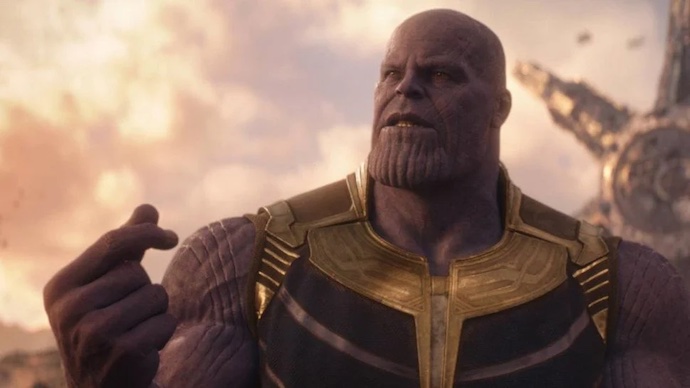
Everything about Thanos was terrifying: his size, his obvious strength, and his devilish sense of power. All of that came from Josh Brolin's imposing performance in Avengers: Infinity War and Avengers: Endgame.
As Thanos collects the infinity stones—his ultimate goal being to wipe out half of all life across the universe—he never hesitates or falters. He relentlessly marches forward without a thought for who stands in his way.
Even through all the visual effects, Josh Brolin's oddly charming performance came across to audiences like a wrecking ball. Some even agree with Thanos' motivations, making Brolin's character a wholly relatable villain for the ages.
3. Andy Serkis (as Caesar)
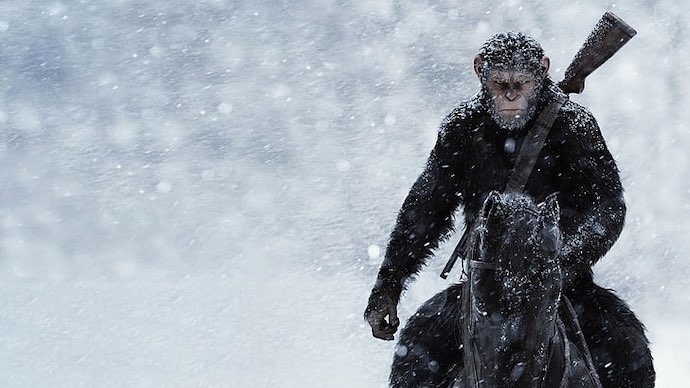
Across three films, Andy Serkis portrayed Caesar and gave him his own personal dawn of man (or ape) moment—until he becomes a creature that can speak and has the ideals of modern humanity.
Throughout the modern Planet of the Apes films, Caesar's story is a tragedy in many ways. His attempts to be better than humanity lead him to become so similar to those he helped overthrow.
Serkis' performance across the series has become iconic with how he built up his portrayal of the character and used restraint to hold Caesar's evolution back while simultaneously pushing him forward.
2. Alan Tudyk (as Sonny the Robot)
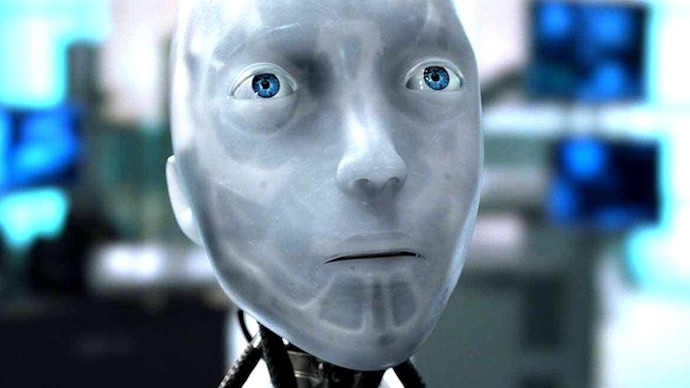
Alan Tudyk's performance in I, Robot is often overlooked (or evenly forgotten completely) when it comes to motion capture. Perhaps it was overshadowed by Andy Serkis' monstrous performance in Lord of the Rings, which garnered critical acclaim only a year prior.
However, Tudyk brings across Sonny's innocence and robotic soul with such a delicate touch, one that shines through the visuals and gives the audience a wholly realized performance.
Sonny is the blueprint for Caleb Landry Jones' Jeff (mentioned earlier) in a lot of ways: naïve, unsure, yet lovable. His true purpose is hidden from him, and his built-in humanity comes out through Tudyk's visceral performance as Sonny struggles with being unique.
1. Andy Serkis (as Gollum)
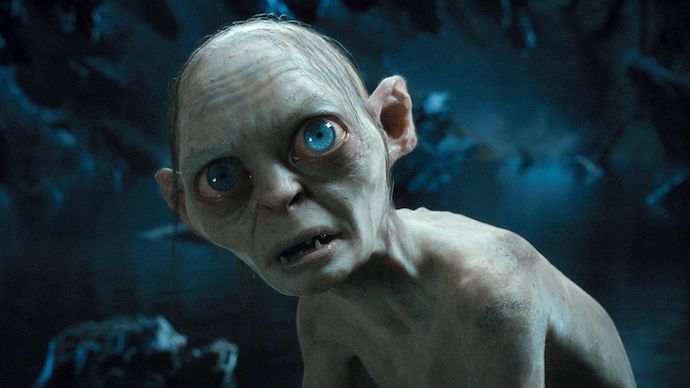
Andy Serkis' mo-cap performance as Gollum was the first to garner widespread adoration of audiences, and it was the one that single-handedly pushed performance capture into the cinematic mainstream.
It's safe to say that without the combination of Andy Serkis and Gollum, we wouldn't have the technology as it currently exists.
Andy Serkis' role as the ring-obsessed creature remains one of the finest in the saga of Lord of the Rings. He effortlessly brought to life the duality of Smeagol and Gollum with a venom that feels razor-sharp and gritty, even to this day more than two decades later.
Combining his movements and iconic vocal performance, Gollum remains the poster child (poster thing?) of motion and performance capture while Serkis' name remains synonymous with the technique.
